What does it mean to have a modern homestead?
What is homesteading? When we think about homesteading, we usually think about huge farms in rural areas where people are self-sufficient, growing all of their own food on acres of land, and raising their own meat, and they probably have at least 10 children running around while they are doing it all. They might make every single thing from scratch, never step foot in a store, and might not even have a television. While that might be some people’s goal (it’s a great goal!), it simply is not mine.
I dream of having a life from scratch, growing as much as I can with what little space I have, and simply taking care of my little modern family in a slow, sustainable manner. Now THAT is what I call a modern homestead. It is my goal to prove that you can have a little homestead of your own, no matter where you live. Let’s dive into how to define, “what is homesteading?”.
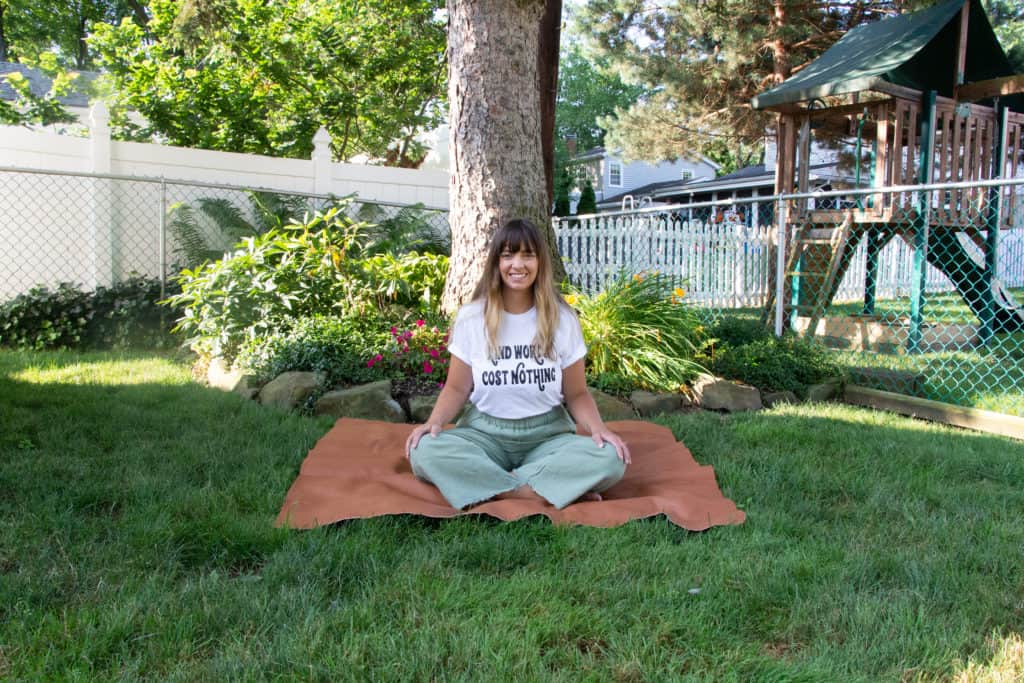
We Can All Have Different Ideas of What Homesteading Means
Don’t feel like you have to homestead my way, or even homestead for the same reasons I do. That’s the beauty of this community. There are different people from all walks of life at very different stages of their journeys, all still learning. I encourage you to look at what homesteading means to YOU.
What is Modern Homesteading vs. Traditional Homesteading?
Traditional Homesteading: Picture this – pioneers venturing into the Wild West, claiming free land under the Homestead Act of 1862. These folks were the OG homesteaders. They built their homes, grew crops, and established a life from scratch. It was about survival, hard work, and that pioneering spirit.
Modern Homesteading: Fast forward to today, and we’ve got a modern twist on the classic homestead. Modern homesteaders embrace self-sufficiency too, but it’s not so much about claiming free land as it is about sustainable living. Think of it as a lifestyle choice – people cultivating their own food, raising chickens in the backyard, and maybe even generating their own energy. modern homesteading is more about consciously choosing a self-sufficient and sustainable lifestyle in today’s world.
Looking for modern homesteading inspiration?
If you are a modern-day homesteader looking for solutions to fit homesteading into your busy life, listen to The Homestead Challenge Podcast. I discuss suburban homesteading, time-saving tips, living a healthier lifestyle, bulk buys, contentment, and everything in between.
Where to listen
Here’s a brief overview of the history of homesteading:
1. Homestead Act of 1862: The term “homesteading” originates from the Homestead Act signed into law by President Abraham Lincoln in 1862. The act aimed to encourage settlement in the western United States by offering 160 acres of public land to anyone who was willing to build a dwelling, cultivate crops, and improve the land.
2. Free Land for Settlers: Under the Homestead Act, settlers could claim a parcel of public land, and after meeting certain requirements like building a home and cultivating the land, they would receive ownership of the property. This was an effort by the federal government to populate and develop the western frontier.
3. Tax Exemption and Federal Incentives: The Homestead Act provided a significant opportunity for individuals and families to secure land without the initial burden of purchasing it. This policy, coupled with tax exemptions and other federal incentives, attracted a wave of homesteaders seeking a new life and opportunities in the expanding territories.
4. Challenges and Amendments: While the Homestead Act had noble intentions, it also faced challenges. Some lands were not suitable for farming, and the 160-acre limit proved insufficient for certain regions. Over time, amendments and additional legislation were introduced to address these issues.
5. Legacy and Impact: The Homestead Act had a profound impact on the settlement and development of the American West. It contributed to the expansion of agriculture, the growth of communities, and the establishment of new states. However, it also had consequences for Native American communities as their lands were often affected by the influx of settlers.
6. Conclusion of the Homestead Era: The Homestead Act remained in effect until 1976 when the last homestead claim was made in Alaska. The era of homesteading marked a significant chapter in American history, shaping the landscape, demographics, and the idea of the American dream for generations to come.

Can you still get a homestead exemption?
Homestead exemptions vary by location, and they are typically related to property tax relief for homeowners. To find information specific to your area, I recommend checking with your local government’s website, contacting your county assessor’s office, or referring to official property tax documents. These sources will provide accurate and up-to-date details on any existing homestead exemptions in your region.
How else can we separate modern homesteading from traditional homesteading of years past?
1. Choice, Not Necessity: Back in the day, homesteading was often born out of necessity for survival. Now, it’s often a choice (of course, this is a privilege we are not all offered, but if you are reading this post, you are likely in a position of wanting to homestead to better your life, not out of survival) – a conscious decision to lead a more sustainable and self-sufficient lifestyle. We’re not doing it because we have to; we’re doing it because we want to. That’s a blessing in itself!
2. Connection to Nature: Modern homesteading allows us to reconnect with nature in a world that’s increasingly digital and fast-paced. Whether you’re tending to a garden, raising chickens, or just composting kitchen scraps, it’s a chance to slow down and appreciate the natural rhythms of life.
3. Healthier Living: Growing your own veggies, fruits, and herbs means you have more control over what goes into your food. It’s a ticket to fresher, healthier, and often tastier meals. Plus, all that physical activity in the garden is a fantastic workout!
4. Sustainability Superpowers: Modern homesteaders are like sustainability superheroes. They reduce their carbon footprint, recycle, upcycle, and sometimes even generate their own energy. It’s a small-scale revolution that collectively makes a big impact on our planet.
5. Community and Sharing: The beauty of modern homesteading is the community it creates. People share tips, seeds, produce, and knowledge. It’s a supportive network of like-minded individuals fostering a sense of community that goes beyond just the physical homestead.
6. Stress Relief: There’s something therapeutic about getting your hands dirty in the soil. Modern homesteading provides an escape from the hustle and bustle of daily life, offering a sense of accomplishment and tranquility.
So, here’s to the blessing of modern homesteading – where we get to choose a lifestyle that nourishes not only our bodies but also our souls. It’s a beautiful blend of old-school wisdom and contemporary flair, making life a little greener, a little simpler, and a whole lot more joyful!
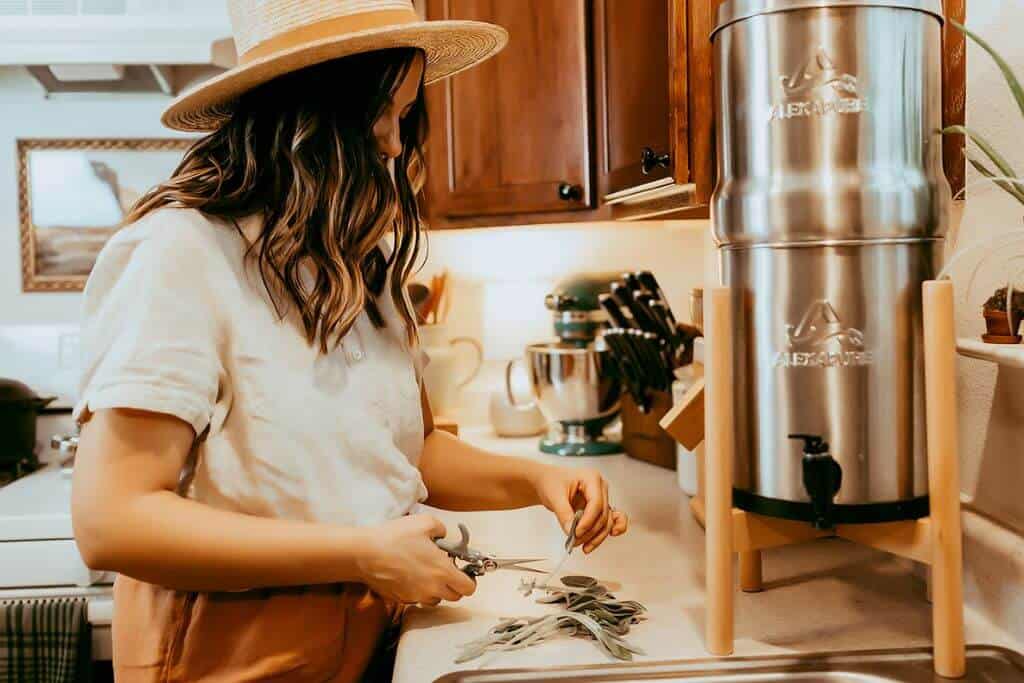
Types of Modern Homesteaders
Homesteading isn’t a one-size-fits-all deal; it comes in various flavors depending on where you plant your roots. Let’s explore the different types of homesteaders:
1. Rural Homesteaders: These are the classic homesteaders living in the countryside or on the outskirts of small towns. They often have more land, allowing for larger vegetable gardens, orchards, and perhaps even livestock. It’s a peaceful, back-to-nature kind of lifestyle.
2. Suburban Homesteaders: Don’t let the proximity to the city fool you – suburban homesteaders are rocking the self-sufficient life too! With smaller plots of land, they might focus on intensive gardening, composting, and maybe even raising a few backyard chickens. It’s like a mini-farm in the ‘burbs.
3. Urban Homesteaders: Yup, you can homestead in the concrete jungle too! Urban homesteaders get creative with limited space. Think rooftop gardens, vertical farming, and maybe some window-sill herbs. They’re bringing the farm to the city and proving that you can have a green thumb even if you’re surrounded by skyscrapers.
4. Off-Grid Homesteaders: These brave souls go off the grid, relying on alternative energy sources like solar panels and wind turbines. They’re all about reducing their environmental footprint and living independently. Off-grid homesteading can happen in rural, suburban, or even remote urban areas.
No matter where you are, there’s a homesteading style that suits you – whether it’s wide-open spaces, the ‘burbs, the city skyline, or a close-knit community. It’s all about embracing that self-sufficient spirit in your own unique way! If you have a vegetable garden, compost, make food from scratch, or any combination of those, I’d consider you a homesteader if you want to be!
If you want to start your homesteading journey today, these 9 steps can get you off on the right foot, without the overwhelm!
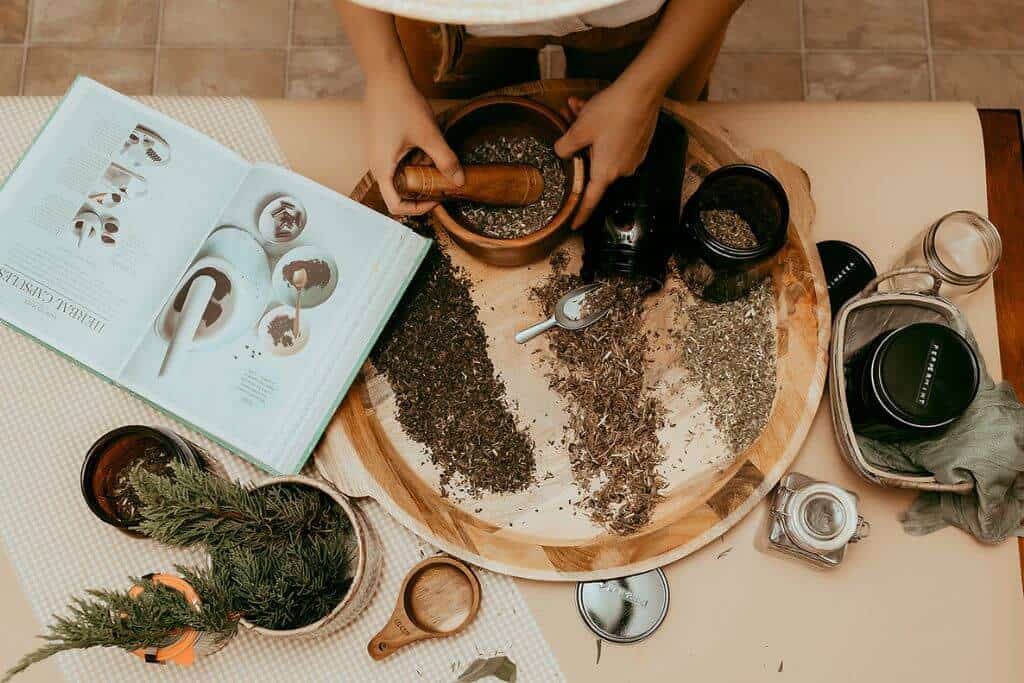
Is homesteading legal in urban or suburban areas?
Checking whether keeping chickens is legal in your area is a great idea before starting your own little feathered flock. Here’s how you can find out:
- Local Zoning Regulations: Zoning regulations set by your city or county often dictate whether you can keep chickens, how many you can have, and any specific requirements. Check your local government’s website for zoning ordinances or contact your local zoning department.
- City or County Ordinances: Some cities or counties have specific ordinances addressing the keeping of animals, including chickens. Look for municipal or county ordinances that outline rules for backyard poultry.
- Homeowners Association (HOA) Rules: If you live in a community with a homeowners association, check your HOA’s rules and regulations. Some HOAs have restrictions or guidelines regarding keeping animals, including chickens.
- Animal Control Regulations: Your local animal control or health department may have regulations related to keeping poultry. Reach out to them for information on any health or safety requirements.
- Neighbors and Community Feedback: Talk to your neighbors or join local community groups to gather information. Sometimes, local experiences and insights can provide valuable information on whether keeping chickens is widely accepted in your area.
- Online Resources: There are online platforms and websites dedicated to urban farming and homesteading where community members discuss local regulations. Forums, social media groups, or websites like BackyardChickens.com can be good resources.
Remember, regulations can vary widely, so it’s essential to get information specific to your location. If in doubt, contact your local government offices directly for the most accurate and up-to-date information regarding the legality of keeping chickens in your area.
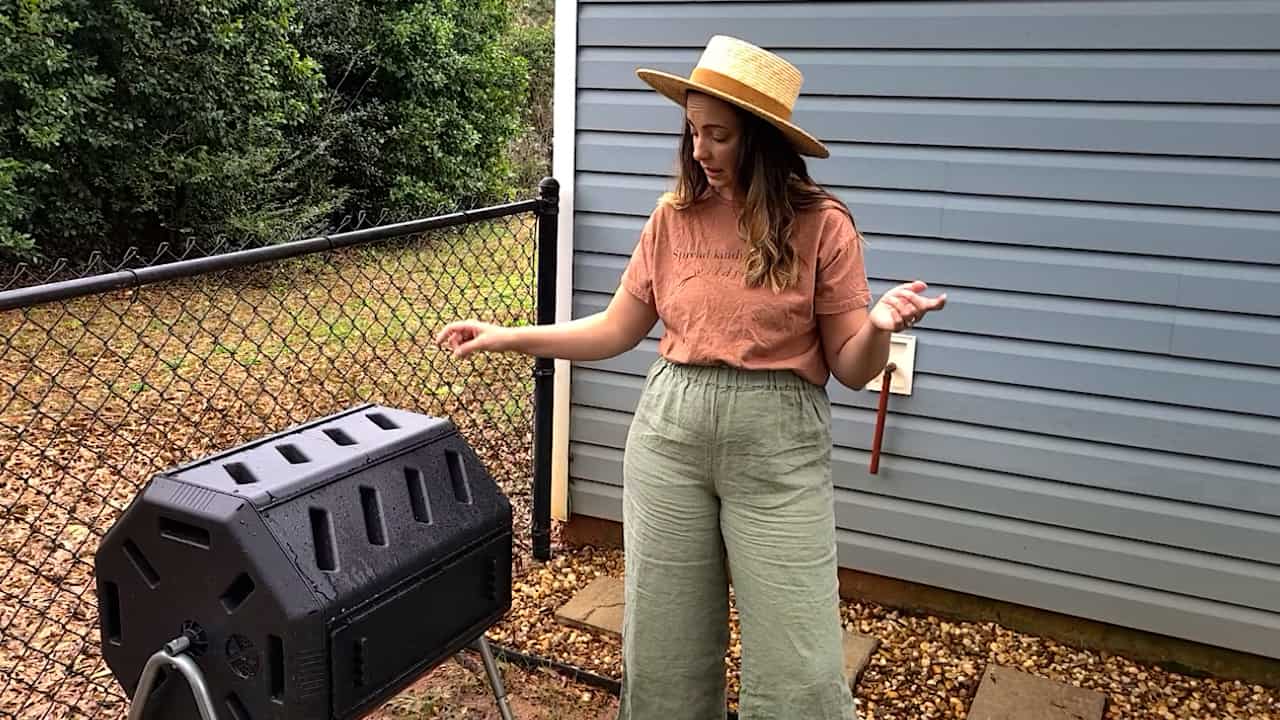
Here are 10 common homesteading skills that many modern homesteaders often cultivate:
- Gardening: Growing your own fruits, vegetables, and herbs is a fundamental homesteading skill. Knowledge of soil health, crop rotation, and seasonal planting is essential. Whether you want to grow all of the food for your whole family (subsistence agriculture), or you just want a little potager garden to supplement your grocery store trips, gardening has so many benefits!
- Canning and Food Preservation: Home preservation of food through canning, pickling, drying, or freezing ensures a year-round supply of homegrown produce.
- Raising Livestock: Homesteaders often raise chickens, goats, rabbits, or other animals for eggs, meat, milk, and other byproducts. Proper animal care and husbandry are crucial skills.
- Composting: Creating nutrient-rich compost from kitchen scraps and garden waste is a sustainable practice that enhances soil fertility.
- Beekeeping: Beekeeping is a valuable skill for pollination and honey production. It contributes to a thriving garden ecosystem.
- Home Cooking and Baking: Cooking meals from scratch using homegrown or locally sourced ingredients is a key aspect of the homesteading lifestyle.
- Basic Carpentry: Skills in basic carpentry are useful for building and maintaining structures like chicken coops, raised beds, or even small barns.
- Sewing and Mending: Being able to sew and mend clothing, linens, and other fabric items reduces reliance on mass-produced goods.
- Herbal Medicine: Knowledge of medicinal herbs and natural remedies can be essential for maintaining health without relying solely on pharmaceuticals.
- Off-Grid Living Skills: For those pursuing a lifestyle of self-sufficiency, skills such as generating renewable energy, rainwater harvesting, and waste management are crucial.
- Renewable Energy Sources: Skills related to generating renewable energy, such as solar power or wind energy, contribute to an off-grid lifestyle and reduce dependence on traditional power sources. If you aren’t there yet, you can always start at home by simply setting the optimal thermostat settings!
These skills empower homesteaders to live a more sustainable and self-reliant life, connecting with the land and fostering a sense of independence
How Did You Start Your Homesteading Journey?
Before I discuss what homesteading means to me, I think it’s important to know my journey toward a homestead lifestyle.
I had my first child, turned 30, and felt a need to get back to the basics. Honestly, I never cooked a day in my life until after college. I was not brought up learning how to cook, clean, or cultivate a handmade home.
In 2019 we were blessed with our first child and I began to feel a need to create the best home possible for my family. I researched zero-waste lifestyles, making food from scratch, growing our own food, etc… I learned a lot, but needed a push to put it all into practice.
In 2020 quarantine fashion, my best friend and I challenged ourselves to start learning all of these skills we have longed to learn. This blog documents my homestead journey of testing new skills to pass down through generations, and sometimes failing pretty badly.

To read more, check out my About page!
Reaching Our Goals Through Homesteading
I set goals including becoming more sustainable, healthier, and gaining more financial freedom. To me, these are means to achieve these homestead goals.
Homesteading For My Family
All of my goals are not just for me. These are the pillars I have set to build my family. I want to instill these values in my children so that they too can live their best lives. Whether they choose to achieve these goals through homesteading or not is up to them, but I do hope they are raised to live a little unconventionally, slow down, and find joy in simplicity.
Looking to be inspired to homestead every day? Check out these phone backdrops!
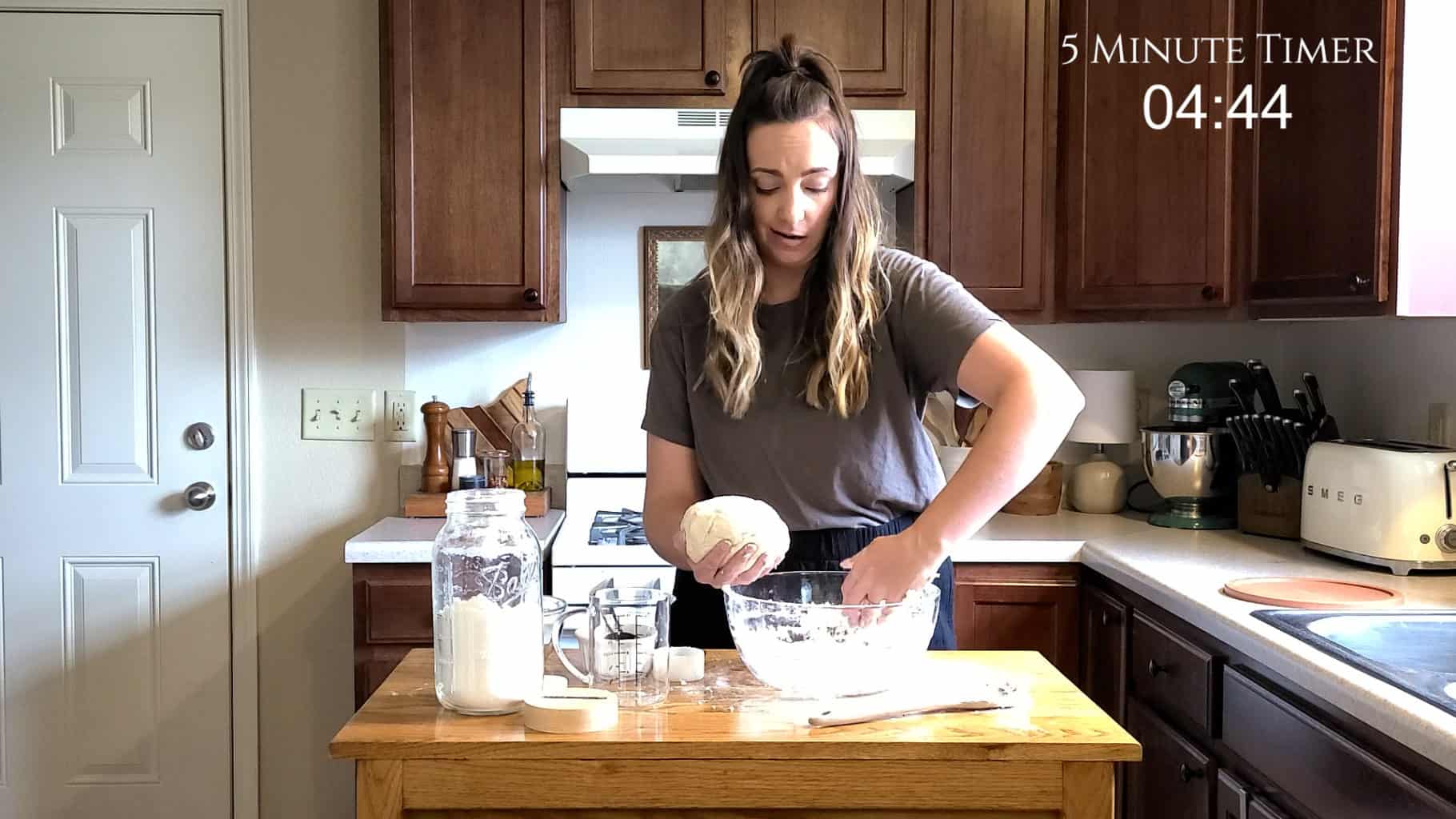
A Community of Learners
Every single stage of homesteading requires learning. From the newbie beginners to the seasoned experts, there is SO MUCH TO LEARN. The beauty of it is that homesteading is a tight-knit community and there are so many people to learn from.
The homesteading lifestyle is a diverse and dynamic journey that can be tailored to fit different people and their unique circumstances. Whether you’re dreaming of a sprawling rural homestead, a cozy suburban plot, or a green oasis in the heart of the city, the beauty of homesteading is its adaptability.
The modern homesteading movement has evolved from the traditional practices of pioneers to a contemporary lifestyle choice. Unlike the necessity-driven homesteading of the past, modern homesteading is a conscious decision to lead a self-sufficient and sustainable life in today’s world. It’s about making choices that align with our values, whether it’s cultivating a vegetable garden, raising chickens, or generating our own energy.
The essence of a modern homestead lies in the freedom to define it according to personal goals and values.
Pin It For Later!

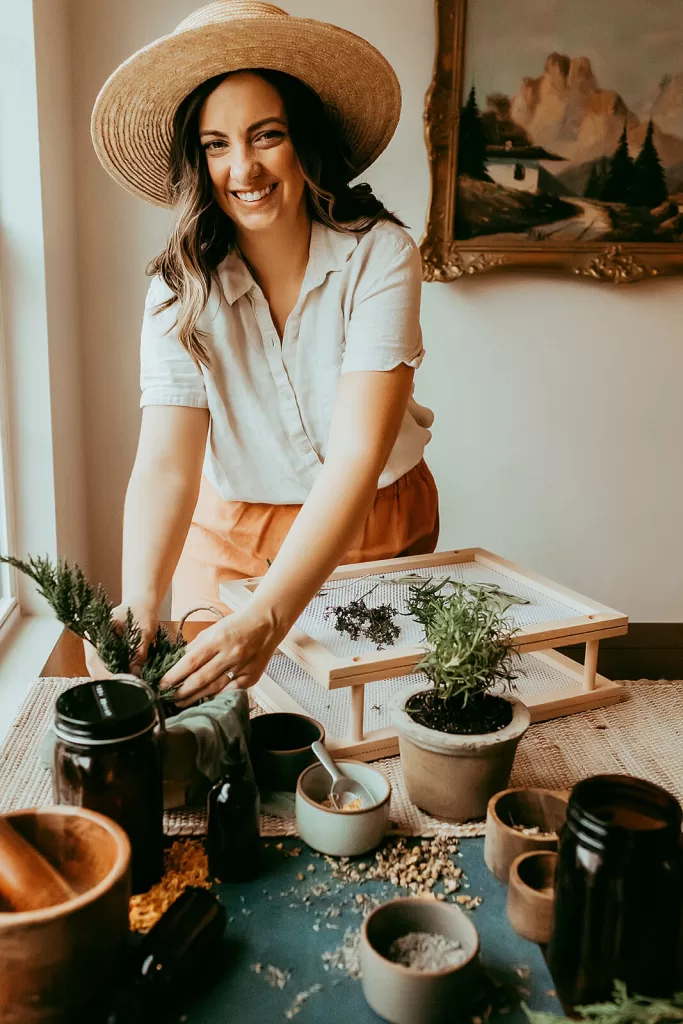
About the Author:
I’m Brittany, totally modern and mainstream turned crunchy mama!
Read more here about how I went from a totally incompetent cook and hyper-consumer to striving to live a more meaningful life from scratch.
I can’t wait to share my modern homesteading journey with you and I hope I inspire you to join along!
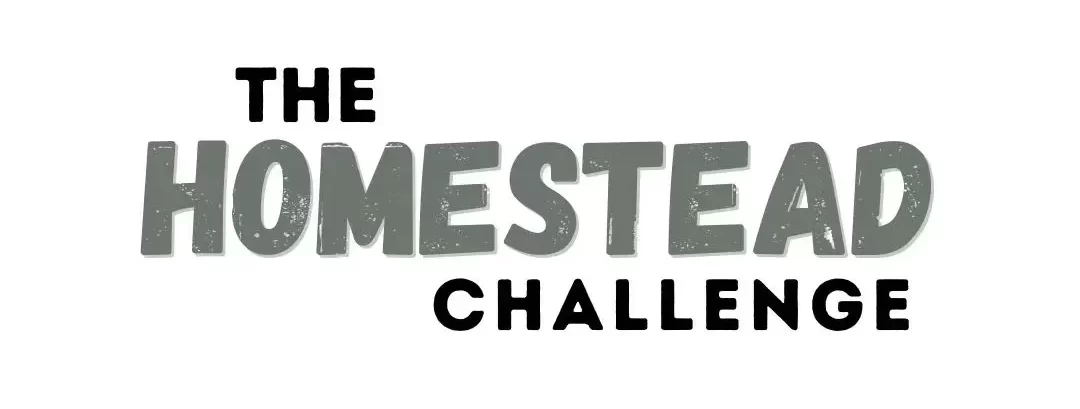
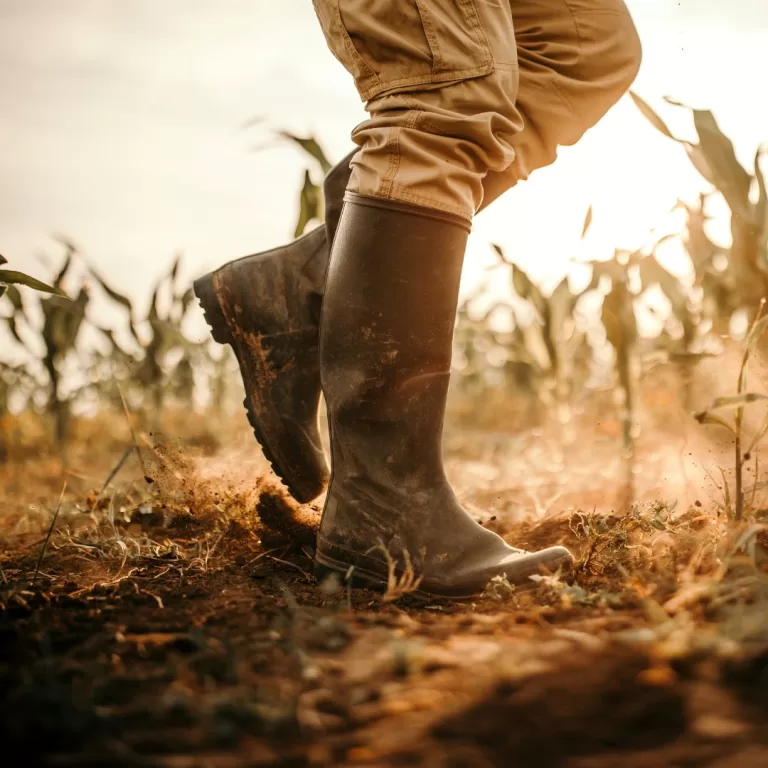
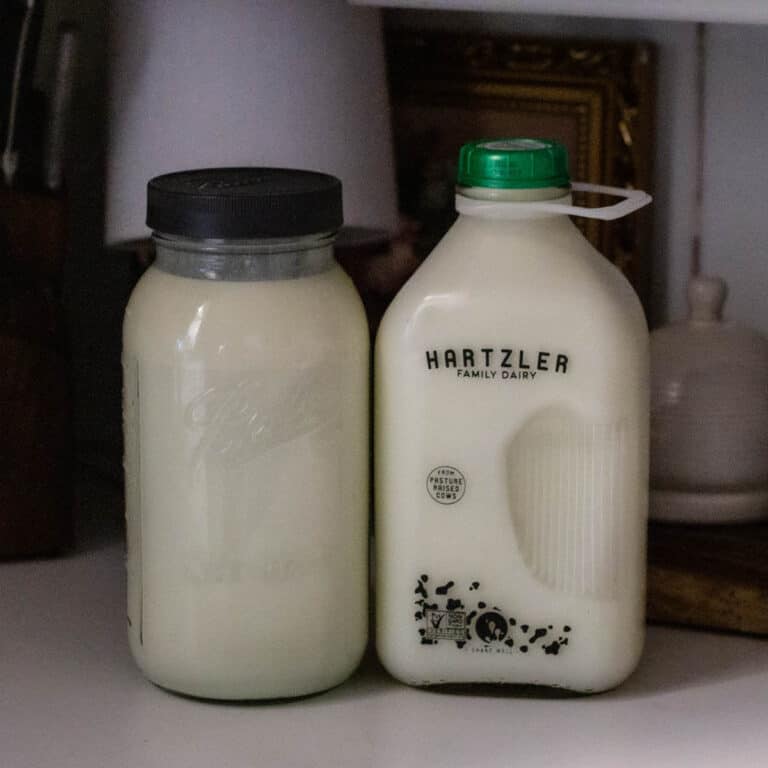
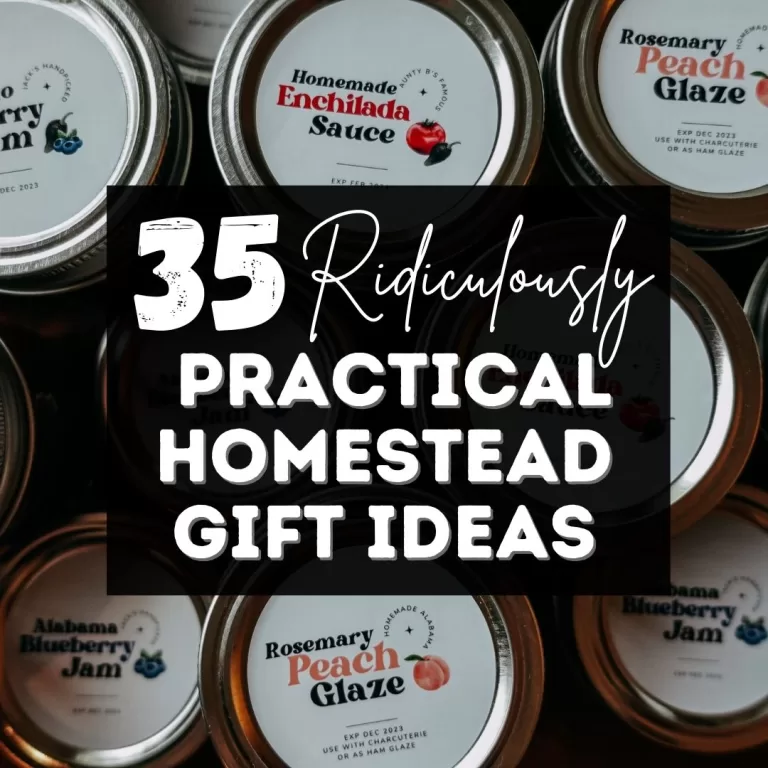
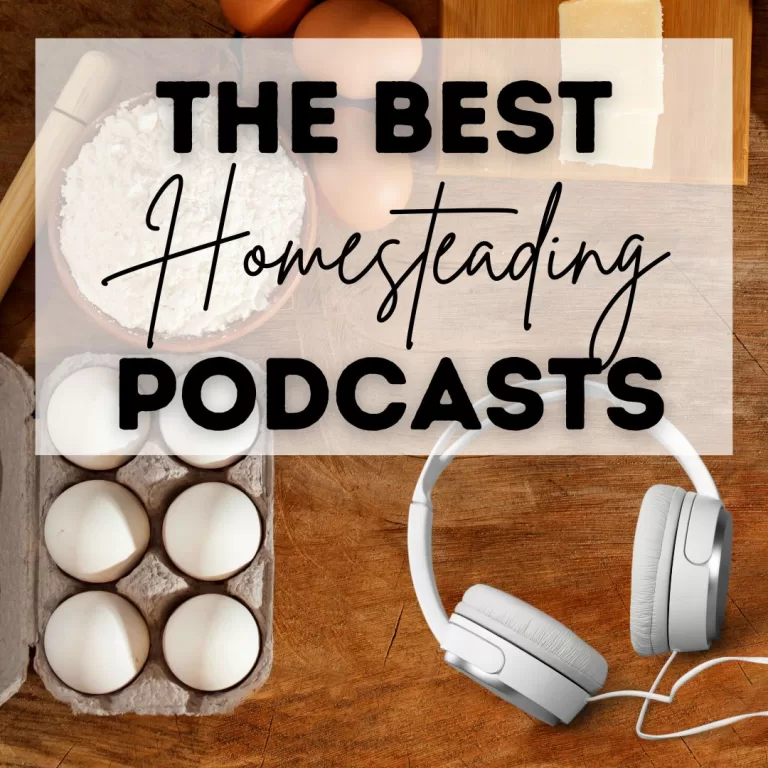


I could not like this post more! Its amazing that mama surge to do better that happens when we start having those 12 kids ???? Cheers to real food and stepping into what’s right for us!
YAS! Mamahood has definitely made me better in so many ways!
Love it! I also am a recovering shopaholic and leaning into the homestead life has helped so much!
Glad I’m not the only one! It’s been so helpful!
Yes – all of this! Love your story.
The state of our planet weighs heavy on my heart as well. I love when you say “What we really need is a LOT of people, doing the little things.” So very true. lookung forwrd to following along with you.
So true! I still have a long way to go, but every little step is a step in the right direction!
Yessss! We need a lot of people doing those little things! This something that resonated with me while studying sustainability in college. I often heard people saying- it doesn’t matter if I do those little things because I am just one person! Well, if a lot of people would stop saying this and doing those things, they all add up and do matter. I am so happy to find someone passionate about sustainability.
Yas! Exactly! Also, I am still jealous about your major!
YES yes yes!! Girl I agreed with everything you said! I love how you mentioned we all have different ideas of homesteading and couldn’t agree with it more! And I love your style ????
Thank you so much <3
Your posts are always so good! Original, beautiful photos… You have some great thoughts here, thanks for sharing!
Thank you so much! That means so much to me <3<3<3
Love, love, love this!! There are so many ways one can homestead and your post shows very creative ways to accomplish that!
Love your post and enjoy your videos. Our family has a little homestead too and don’t have a big farm , homesteading is so much more than owning lots of land. Our family is enjoyong the journey!
Absolutely! I also love how creative people can get in small spaces!
This is awesome Brittany. I love it. I love your journey. It’s every baby step I. The right direction that gets us to where we want to go. ❤️
Baby steps! Forever and always learning.
Love this post! I’m right with you, being into modern day homesteading and slower living for the family!
Can you still get free land to day. I,m a veteran vet and just want to live off the land or gridjust to enjoy what i have for life left. I am 74 years old and can’t live like this anymore, no i am not suasidle just want to be left alone. Tired of being pushed around by the government. I payed my dues to the country would like to get a little back. So an acre or two would suit me fine. I have a traylor i fixed up as it was a fixer upper but have nabors all around me and when i plant a garden every one wants some and i don’t mind but that leaves me with hardly any thing for me. So if you can help me i would really appreciate it.
Hi Melvin, thank you for your service. We are also a military family and we really do appreciate it. Sadly, I do not know of any government programs for free land today, but I am no legal expert. I believe there are work exchange off-grid communities that could be an option if you have skills to trade. I wish I could be of more help. It sounds like you are an excellent gardener. I would say that it’s time to try to save your abundance to take care of your own needs and sell any extras.